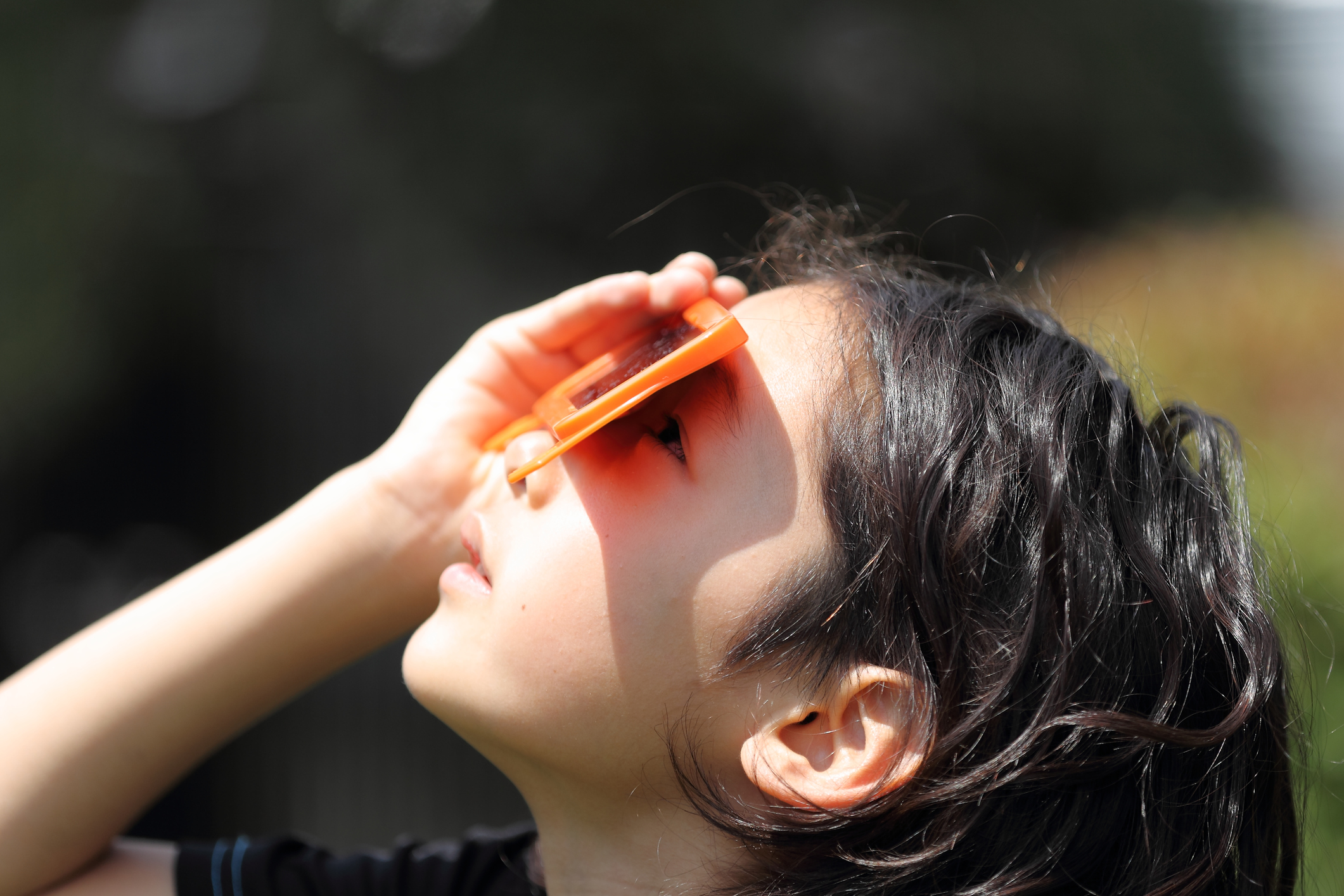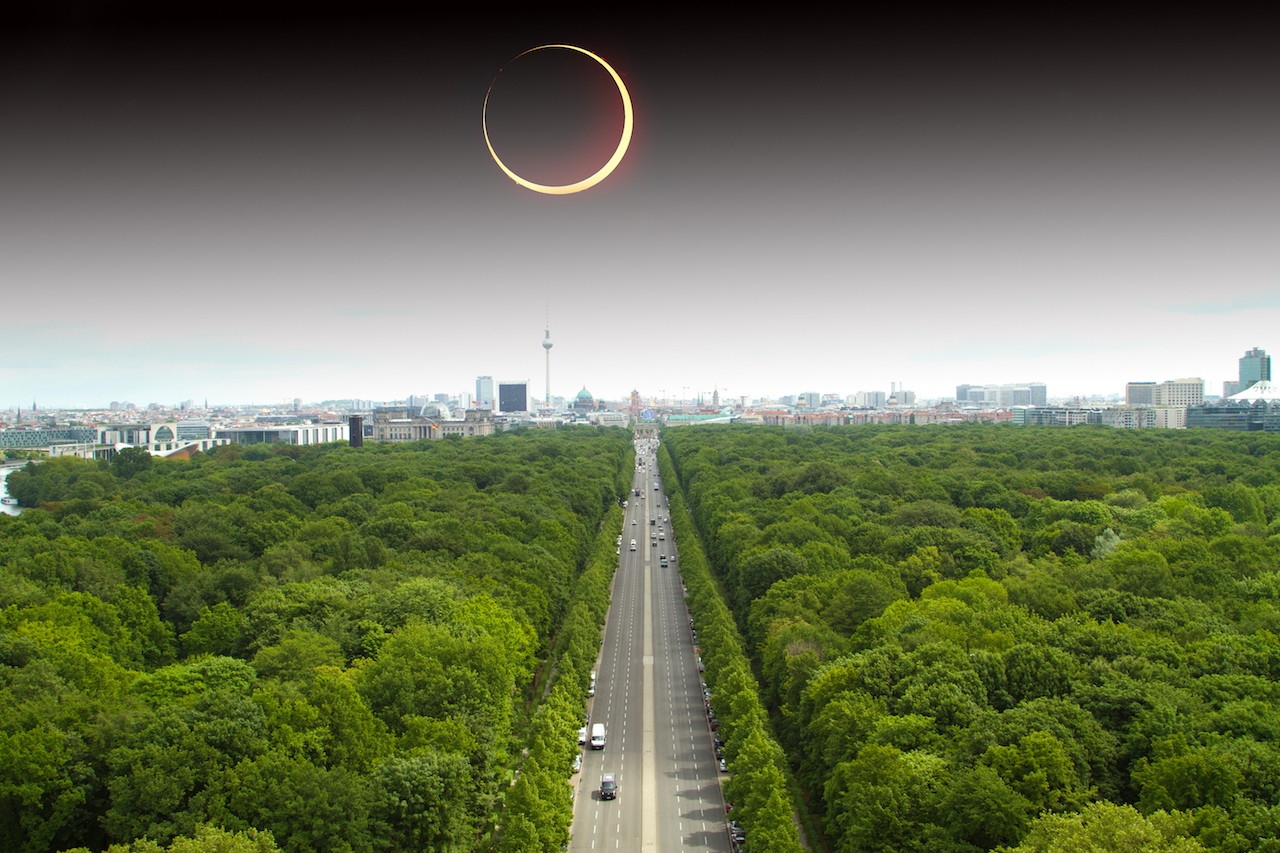The day has finally come. Whether you’re exhaling from the soon-to-end mania or enthralled by the forthcoming spectacle, there’s one reminder we should all hear again: DO NOT LOOK AT THE SUN. It really is worth saying because it is a big deal.
Why? Isn’t looking at the sun always bad? Yes, but this is different. Because when else does a day call for you to look directly at the sun? Exactly; today is special.
But even though we all know it is bad to look at the sun, many of us don’t know exactly why. Surprisingly, the official response from NASA isn’t stated in big bold letters on its main eclipse safety page, so we parsed it out so that you don’t have to waste any more time googling the eclipse. Here’s what NASA has to say as found on its FAQ page.






